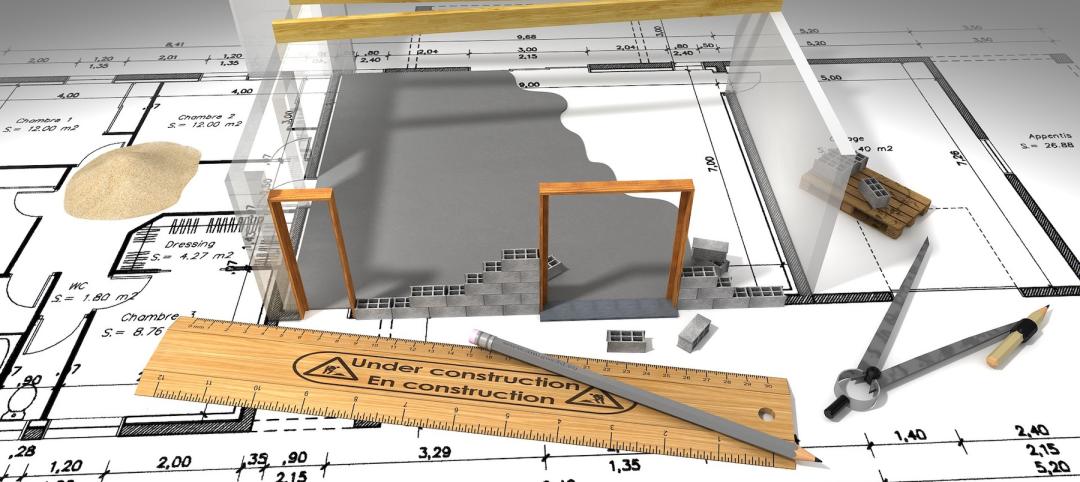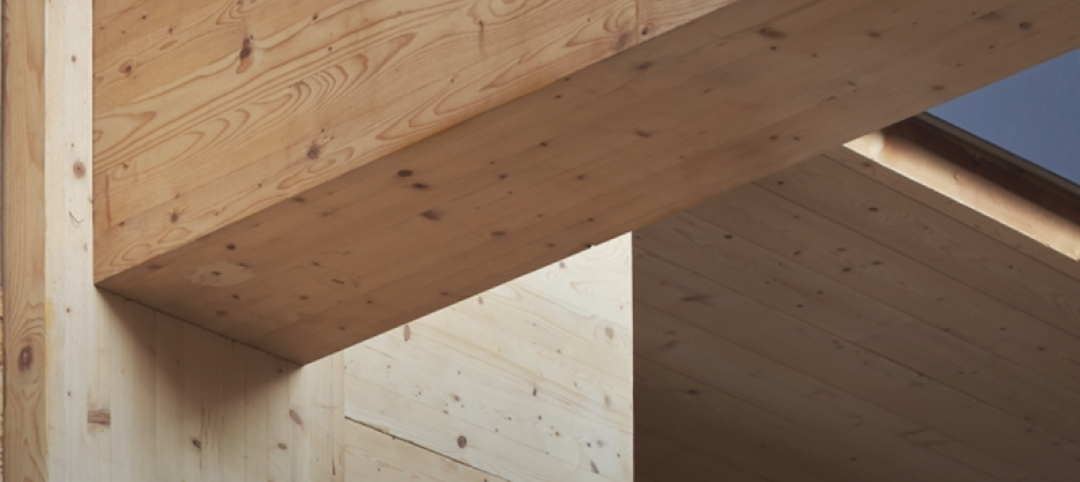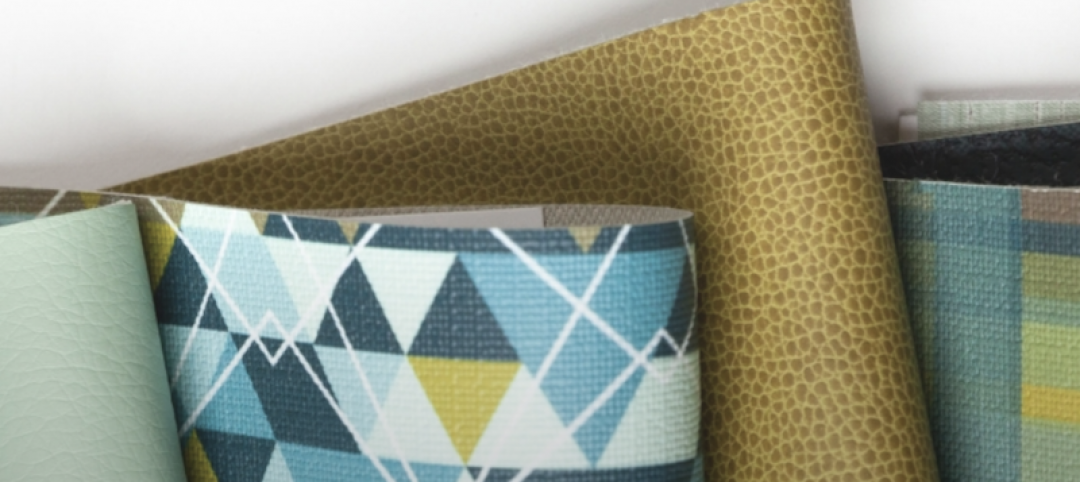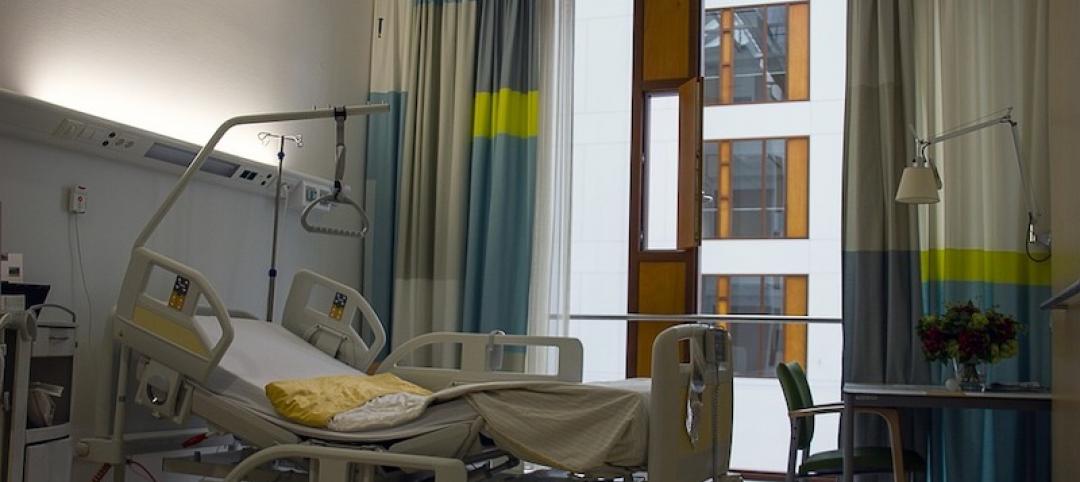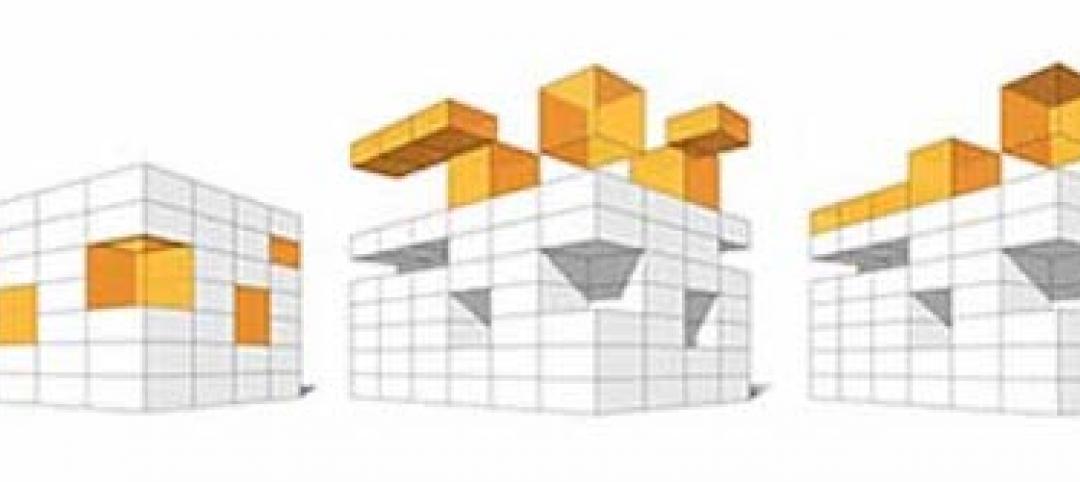I grew up in an era before digital music. Turntables weren’t hip because they were vintage; they were standard issue. I’ll never forget my 10th Christmas when my godfather sent me a handheld transistor radio. Without doubt, it was my prized possession. I spent countless hours listening to just about any kind of music that would come through. Then one day, for reasons that even today I don’t fully understand, I decided to take apart that sleek piece of technology. Maybe I was looking for where the magic originated. Maybe I was just being rebellious. Mostly, I suspect that I was curious. More than anything, I wanted to know how that radio worked.
The engineering wasn’t complicated—at least by today’s standards—nor was the design. But the more I disassembled, the more I was struck with the notion that somebody had made this thing that I so loved. There was intent. There was logic. There was beauty. There was a cohesiveness that couldn’t have happened by chance.
There was design.
In my formative years, my rudimentary sense was that design was about drawing, and it was this assumption that principally steered me away from the discipline. I’m lousy with a pen. In my mind, design was entirely about aesthetic.
But now, having worked with designers of all sorts for a significant part of my career, I’ve come to understand that design isn’t just about making things beautiful. As Roger Martin says, “it’s about making beautiful things work beautifully.” It’s that one-two punch that made me want to think like a designer—in other words, to be a design thinker.
Design thinking is a creative process to develop solutions that balance factors like human needs, form, function, and cost. It is creative in the sense that the outcome is not prescribed; following a design thinking process might yield vastly different solutions. And that’s part of the point. To discover good ideas, we must go through multiple bad ones. And then, we must muddle through the arduous work of discerning the best ideas, and making them into complete solutions that actually work in the real world.
Said another way, design thinking is a model of complex problem solving that draws on various forms of discovery and creation, moving us from enigma, to scaffolding, to algorithm, and in doing so, generates a repeatable form of magic. It relies on intent. And logic. And beauty. And developing a cohesiveness that can’t be mistaken for chance.
Early in my career, I worked in hospital administration. If you know a hospital administrator, you’re likely acquainted with their standard routine marked by meetings from morning until night. When people asked me what I did for a living, my typical response was “I’m a professional meeting attender.” I spent countless hours in sessions where issues were turned inside out every way imaginable. We’d hash things out. We’d solve problems (or so we thought). We’d take world-class notes. And then we’d go into the real world, and we’d fail.
What I’ve come to realize is that we spent heaps of time talking, and very little time actually making. Don’t get me wrong: talking to others is essential, particularly when we can tap a diversity of viewpoints. Doing so makes for better solutions in the end. But, in my way of thinking, we spend far too much time just talking about plans, and schemes, and not nearly enough time actually making them.
In my experience, nothing can replace form. The sooner we bring ideas into reality, the sooner we learn what does and doesn’t work. Making things is important because it reveals gaps in thought, sheds light on the fundamental assumptions that can kill ideas, and forces us to push toward solutions that actually work. Luckily for those of us who have difficulty drawing (or reassembling transistor radios, as was the case with me), making takes many forms: service blueprints, experience maps, frameworks, vignettes, sketches, models, concepts of operation—these all help bring ideas into reality.
And this is what design thinking is all about. Making, not talking. Discovering, not assuming.
So, stop talking and go make something!
About the Author
David Grandy is HDR’s managing director of strategic innovation, a practice that integrates human-centered design and strategy to help organizations explore the evolution of their business to find their place in the future. He is passionate about design, healthcare, and making a positive impact on the world. Grandy remains inspired by beautiful ideas. His work as a thinker, teacher, explorer, and partner has taken him to five continents and into board rooms and cabinet rooms alike. More on Grandy.
Read more posts on HDR's BLiNK blog.
More from Author
HDR | Jun 30, 2022
Adopting a regenerative design mindset
To help address the current climate emergency, a new way of thinking across the entire architecture, engineering and construction industry is imperative.
HDR | Jan 11, 2022
Designing for health sciences education: supporting student well-being
While student and faculty health and well-being should be a top priority in all spaces within educational facilities, this article will highlight some key considerations.
HDR | Sep 28, 2021
Designing for health sciences education: Specialty instruction and human anatomy labs
It is a careful balance within any educational facility to provide both multidisciplinary, multiuse spaces and special-use spaces that serve particular functions.
HDR | Aug 20, 2021
Prioritizing children’s perspectives with play-based design charrettes
Every effort is made to assure that captured insights and observations are authentically from the children.
HDR | Sep 25, 2020
Performance-based textile cleaning and disinfection in the age of COVID-19
It is essential for both designers and environmental services to know the active ingredient(s) of the cleaning products being used within the facility.
HDR | Jan 27, 2020
Elevating the human experience in public realm infrastructure
Understanding the complexities of a community by pairing quantitative data and human needs.
HDR | Oct 2, 2019
Why mass timber?
In a world where the construction industry is responsible for 40% to 50% of CO2 emissions, renewable materials, such as wood, can help mitigate the rate of global warming.
HDR | Aug 23, 2019
5 converging trends for healthcare's future
Our solutions to both today’s and tomorrow’s challenges lie at the convergence of technologies, industries, and types of care.
HDR | Dec 18, 2018
Redesigning the intergenerational village: Innovative solutions for communities and homes of the future
Social sustainability has become a central concern in terms of its effect that spans generations.


